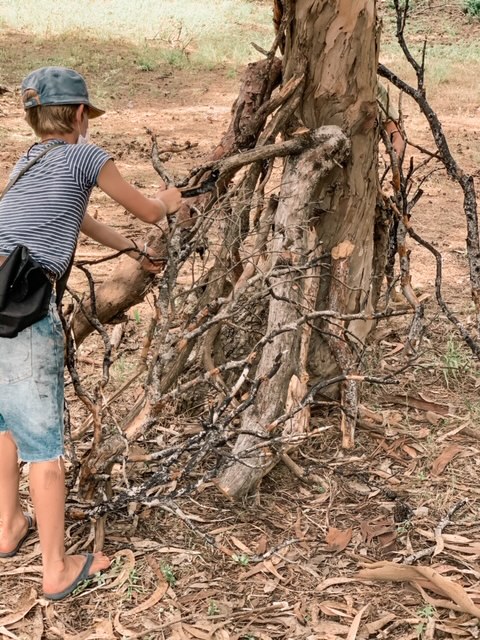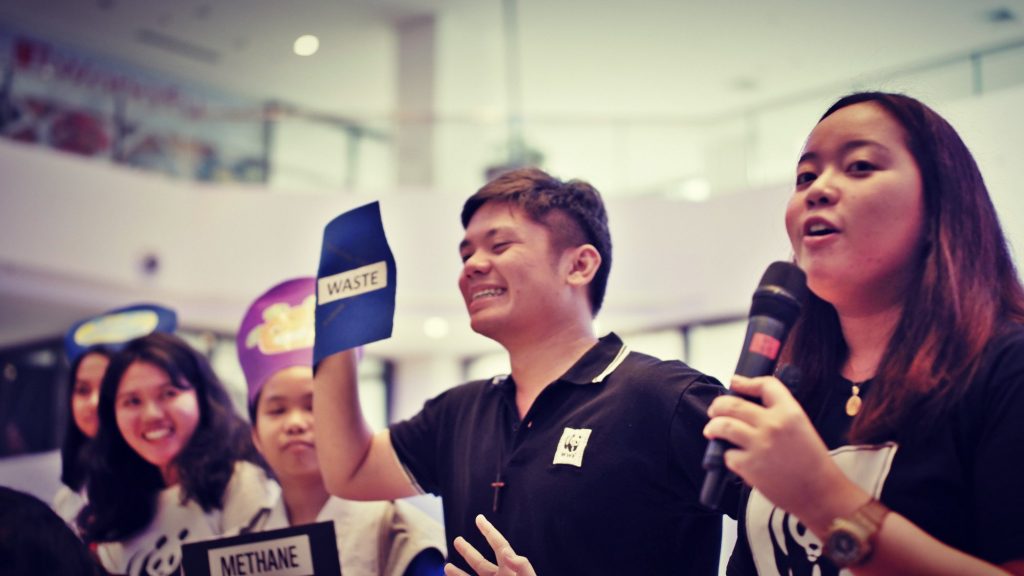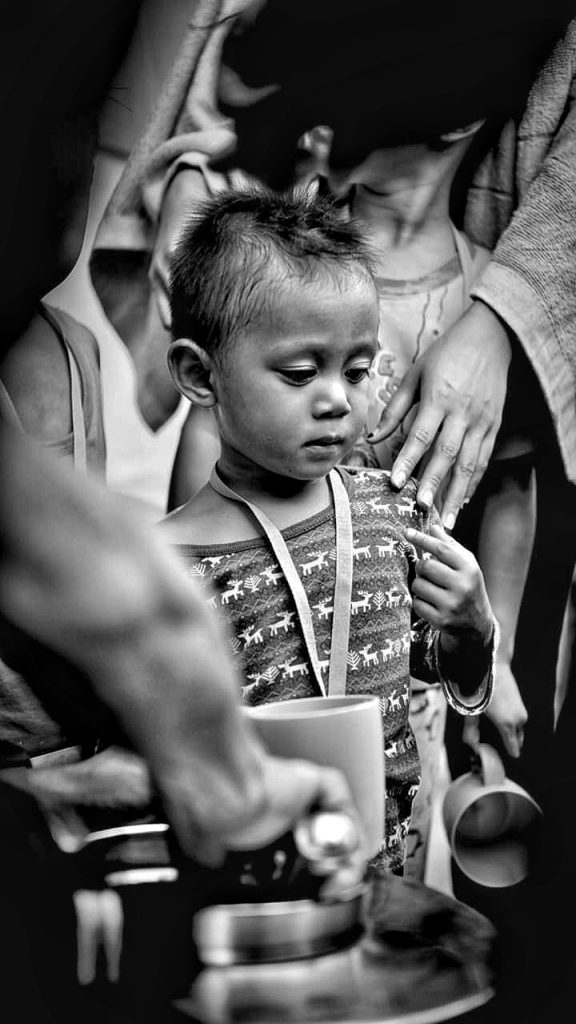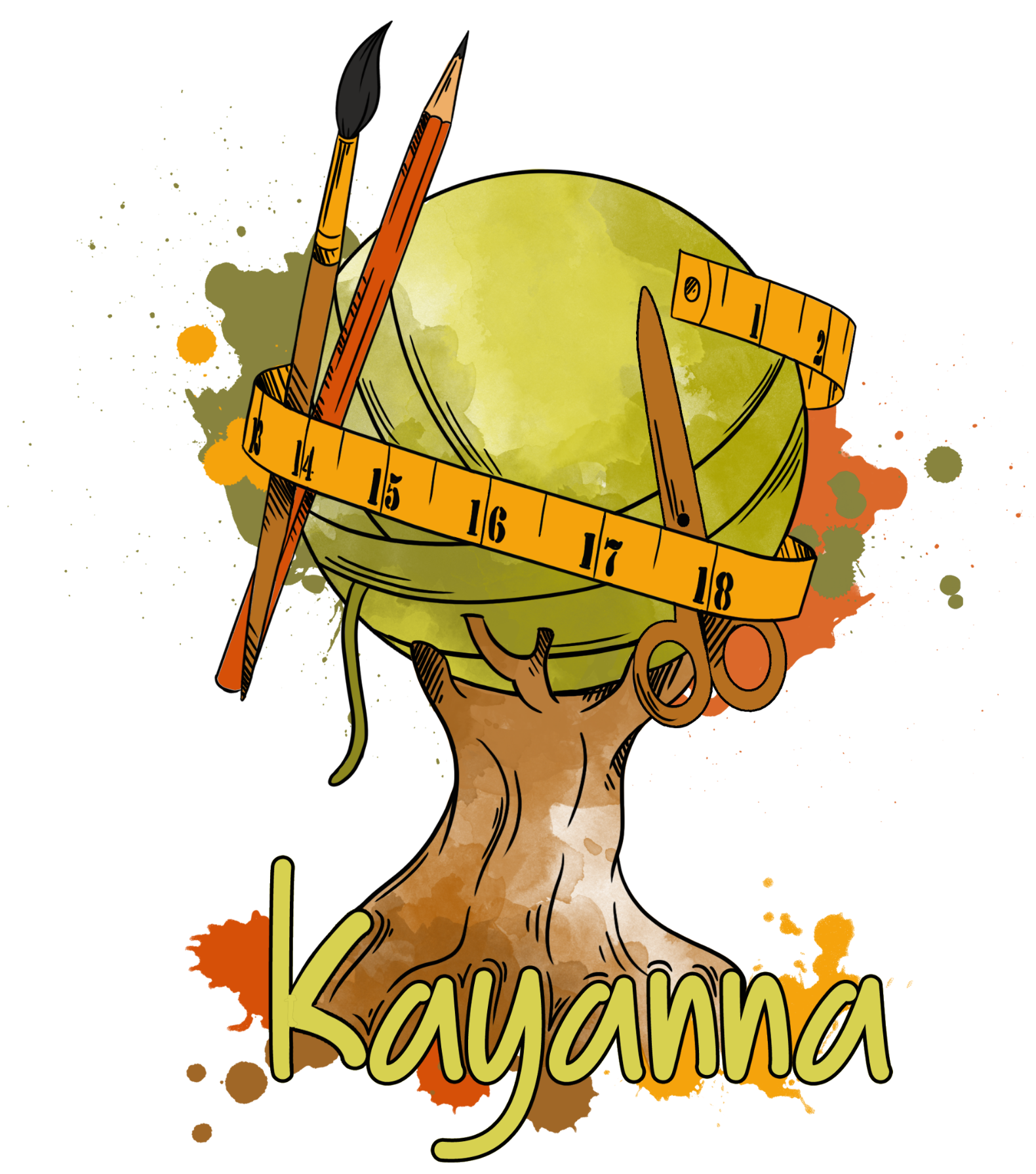
DEVELOPING SUSTAINABILITY EDUCATION FOR YOUR CHILDREN
I believe the children are the future. Teach them well and let them lead the way, okay, okay. We all know the words. Miss Whitney had sung it, and you might even be unknowingly singing along while you were reading this, but I know you know it’s true. Children are powerful agents of change. However, for them to assume this responsibility, we need great teachers.
Education is the great equalizer. Building their knowledge on sustainability and climate change to improve their understanding of it builds societies that can transform toward living a sustainable future.
The question is, why are most of the schools not teaching sustainability and the importance of circular economy programs just yet? Some schools have integrated this subject into the curriculum, but it is relatively new. For example, in the Philippines, a few schools around the country are still pilot testing their teaching manuals to their students, which will run for a couple of months before they send a proposal after conducting this research to the Department of Education.
Now that another school year has begun and the sustainability pedagogy is still in the works, the parents should teach their kids about sustainable lifestyles and climate change.
How can parents educate their children at home?
EXPLAIN THE SCIENCE BEHIND SUSTAINABILITY AND CLIMATE CHANGE.
Developing children’s knowledge about sustainability and what climate change means. Discuss the science behind it, explain the greenhouse effect, what causes it, and how it impacts the environment. When they fully understand this and know the factors contributing to global warming, the children will become more conscious of their carbon footprint.
Parents can refer to this link. It is a sustainability hub that can serve as a support and a teaching guide. It will help tackle this topic with more ease.

Hands-on learning is always more effective. For example, when teaching children about how plastic pollution is one of the most pressing environmental issues we are facing right now, parents should lead by example by teaching the children to reduce, reuse and recycle.
Check out fun ways on how you can repurpose plastic bottles here.
MANAGE ECO-ANXIETY
You have seen the news. You have seen how different countries around the globe are suffering from ominous weather phenomena brought about by the rapidly accelerating effects of the changing climate. Informing our children of the consequences should be a part of their education. However, generating fear should not be the focus as it inhibits their interest in understanding more and hinders their will to take climate action.
An Academic approach to teaching about sustainability and climate change is crucial as they would learn the different ways on how to provide practical solutions. However, there will be more understanding when you show them the connection between the classroom and community.

the wrath of the Taal Volcano in the Philippines last January 2020
Get them involved in a project at a local place to extend help to those victims of disasters. This way, you teach them that sustainability is also a neighbourhood project. They learn about how climate change impacts the community and what positive ways they can do to get involved. Parents can also instil hope in their children – given the right intention and the drive; people can change.
Here are some ideas for a project that they can get involved in when helping a local community:
⦁Get your kids to help in the kitchen and start a feeding program for the disaster victims. A vegan menu is an ideal diet as it is healthy for both people and the planet.
⦁They can put together an aid kit for each individual in a refugee camp. Use eco-friendly materials when assembling a survival kit.
⦁Let the tech-savvy kids develop an online fundraising drive to help those who lost their homes and belongings from a disaster.
SUSTAINABLE CONSUMPTION AND PRODUCTION
Very few are aware of the link between food waste and climate change, and when kids know where their food comes from, wasting it will become less of a problem. Get them involved in the fight against food waste because fighting food waste means fighting climate change.
GROW YOUR OWN
One way to cultivate a deeper relationship with food and nature is to let them grow food in your garden or start a garden if you don’t have one. Planting seeds, repotting, watering, and harvesting would help them understand the importance of responsible consumption and production. Aside from that, according to soil scientist Dr Rattan Lal, a 2% increase in the carbon content of the planet’s soil could already offset 100% of all greenhouse gas emissions going into the atmosphere.
You don’t need ample space to grow a garden. Check here how you can increase your food by doing urban sack gardening.

SUPPORT LOCAL FARMERS
Having weekly trips to the weekend market is exciting. Give the importance of why this green way of shopping is a better alternative than takeaways or going to the grocery for choices that we aren’t 100% sure its origins. This action will also allow you to inform them that supporting local farmers also means helping alleviate poverty and economic growth. Let children have enlightening chats with the vendors about where the fruits and vegetables come from to grasp food production entirely.
They must learn about sustainability and climate change because the future of sustainable ecosystems rely heavily on our youth today. Let us educate and empower our children to be involved in the fight against climate change.
